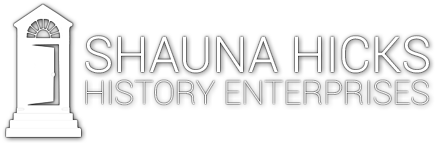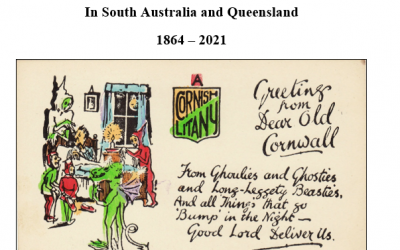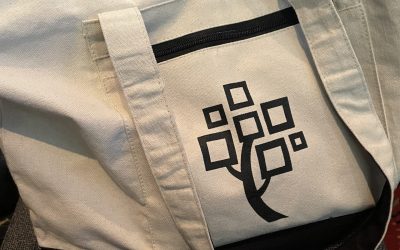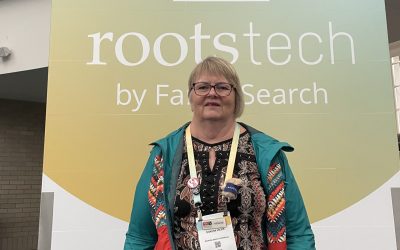This blog challenge is to stimulate my own genealogy blogging efforts in 2014 by focussing on a different kind of genealogical record each week. I wanted a challenge that reflected my own archival background as well as my own genealogy interests and there are probably lots of other records that I could have included. The challenge has an Australian focus but most of these records will be found just about anywhere in the genealogy world.
The 52 different types of genealogical records I finally decided on are listed in no particular order (each week will be a random surprise). Originally I planned to do this over 52 weeks but I now realise that I have to factor in travel and illness so it will continue a little bit over a year. Anyone is welcome to do all or part of this blogging challenge. Let me know if you are participating and I will put a link to your post under each week’s challenge.
So far I know of six bloggers who are taking up the challenge from time to time and I have put links to their individual entries at the end of each week’s blog if they have submitted something for that week. Thanks Judy Webster, Sharn White, Cassmob, Anne, Campaspe Library and Sharon for participating and encouraging me to keep up the blog challenge myself!
Also participating in this blog challenge: Sharon Week 13
Links to Week 1 Military Medals Week 2 Internal Migration Week 3 Probates (wills and administrations) Week 4 Memorial Cards Week 5 Family Stories Week 6 Land Records Week 7 Local Histories Week 8 Diaries Week 9 Inquest Records Week 10 Occupation Records Week 11 Newspapers Week 12 Gazetteers
Week 13 Personal Names and Surnames
Readers might be wondering how personal names and surnames fits into a genealogical records blogging theme. I have been lucky with my own research to have unusual personal names and surnames which have given me clues to follow or helped to confirm relationships.
This is probably most obvious with my maiden surname of Gunderson which is Norwegian. Certificates, immigration and naturalization records all confirmed the Norwegian ancestry. Then it was a crash course in patronymics to help me go further back in Norway and I eventually ended up in 1688 in the parish of Seljord in the county of Telemark.
James Henry Trevaskis and Elizabeth Rosewarne are my GG grandparents and both were from Cornwall. Anyone with Cornish ancestry will know that the prefixes Tre (a settlement or homestead) and Ros/Rose (heath or moor) are common to Cornish surnames. James Henry and Elizabeth named their only daughter, my great grandmother, Dorcas and this is a name that appears in many generations of my Cornish ancestry. It is a Greek name and Dorcas was a disciple who lived at Joppa and is referenced in the New Testament.
Going further back in time I have a direct ancestor Hannibal Trevaskis who married a Zenobia Penglase in St Hilary Cornwall in 1731. Hannibal is a personal name that was carried down a number of family lines while Zenobia was not so popular. It certainly beats looking for John or William or Mary or Elizabeth.
So what do unusual names tell us?
Zenobia was a 3rd century Queen of the Palmyrene empire in Syria who led a famous revolt against the Roman empire. She went on to conquer Egypt and expelled the Romans from there too. After ruling Egypt for five years she was beaten and taken as hostage to Rome. Zenobia is believed to have died shortly after this ca 275. Yet her name lived on and my ancestress was given the name in 1703 in Cornwall. I find that fascinating.
Hannibal was a name I was more familiar with having learnt at school about a general named Hannibal who led his elephants over the Italian alps. Funny how some bits of information stick in our minds even years later. To refresh my memory, Wikipedia states that Hannibal was a Punic Carthaginian military commander born 247 BC and died ca 182 BC. He is considered one of the greatest military generals of antiquity and reading about his various battles is fascinating and he did have 38 war elephants in the second Punic war!
A question that springs to mind is why were Cornish parents giving their children ancient names of military people in the early 18th century? Wikipedia has an interesting section on Cornish surnames but nothing that really explains given names at that time. The Cornwall Council website has a interesting time line of Cornish history but again nothing that explains the fascination with old military leaders, both male and female. British History Online has Magna Britannia Vol 3 Cornwall and there are some very interesting parish histories in that volume. I may never really know why my ancestors were named Hannibal and Zenobia in the early 1700s but I have learnt a lot of Cornish history trying to find out why.
If you have a really unusual surname then it may be useful to have a look at the Guild of One Name Studies. There are over 2,600 people researching over 8,400 surnames and their variations. One of my unusual names is Peplow and I have been in contact with the person doing the one name study and while they have lots of names and families, none of them tie in with my particular Peplow brick wall. I know the county she was from via the 1841 census but she had died by the time of the 1851 census so perhaps she will always be a mystery.
There are traditional naming patterns in Scotland but my Scottish ancestors do not seem to have followed them but that can be a useful way to trace some families. Scotland’s People has a useful help page on Scottish names, abbreviations and naming patterns.
Have a look at the given or personal names in your family tree. Are there any unusual ones or names handed down through the generations? What about unusual surnames? Why not investigate the origins and history of the names and learn more about the times in which they lived? My research on Cornwall and Norway has given me a greater understanding of those cultures and why my ancestors chose to emigrate to Australia.





Hi Shauna
Just happened on your blog through Irish Genealogy News. I am impressed with your 52 weeks of Records. I have relations on my mothers Cavan side in Aus so your blog proved helpful. I suppose you are aware that Sarah Finns nee Fagan mother was listed in the 1901 census under Legan in Glasnarget and living with her married daughter Mary(b 1865 ) and giving city of Dublin as her place of birth. You might also be aware that the Church records for Dublin city are available free on Irish Genealogy site. There is a Robert Fegan listed in Griffiths Valuation and Tithe Applotment books for Glasnarget. Good hunting John
Thanks John for the tips and happy you found my blog useful. I knew about the 1901 census and sister Mary but not that Dublin records were free on Irish Genealogy site. Hard keeping up with what’s new and out there but exciting times. I could not see where my blog was mentioned on Irish Genealogy – can you tell me where? Thanks Shauna